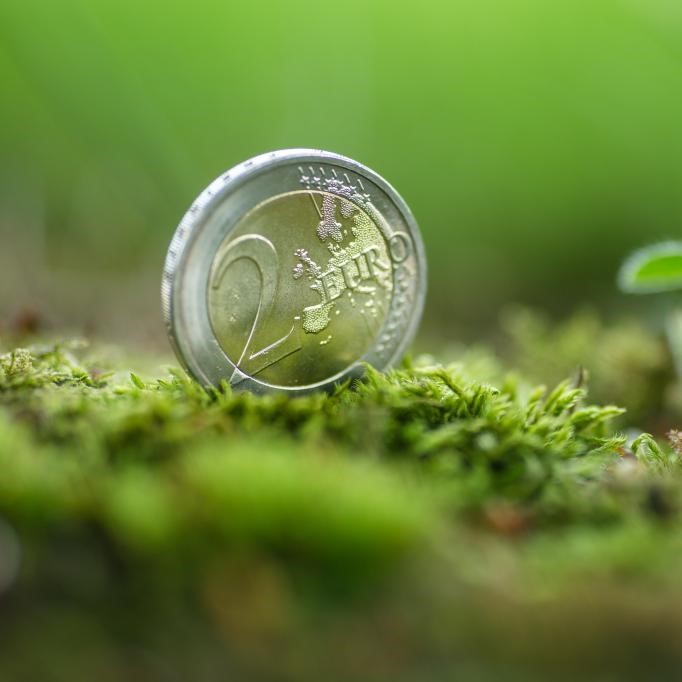By issuing these green bonds (between October 2021 and end 2026) the European Union would like to express its commitment to sustainability and places sustainable finance at the forefront of the EU’s recovery effort.
In addition, the Commission has also reviewed its plan for funding the recovery in 2021 and confirmed its intention to issue a total of circa €80 billion of long-term bonds in 2021, and ten billion of euros in the short-term.
The Commission will be offering the EU-Bills exclusively via auctions, with its auctioning programme which started last 15 September. The Commission will be organising typically two auctions per month for EU-Bills, on the first and third Wednesday of each month.
The new framework for these green bonds demonstrates to the investor community how the funds will be used exclusively for green objectives. More concretely, the NextGenerationEU green bond proceeds will finance the share of climate-relevant expenditure in the Recovery and Resilience Facility (RRF). Every Member State has to dedicate at least 37% of their national Recovery and Resilience Plan – the roadmap to spending the funds under the Recovery and Resilience Facility – to climate-relevant investments and reforms, with many Member States planning to do more than required.
Under the RRF rules, each Member State will report to the Commission the green expenditures that they make. The Commission will use the information collected to show to investors how the green bonds proceeds have been used to really finance the European green transition. The reporting will be organised around nine categories, as identified in the NextGenerationEU Green Bond framework, with clean energy, energy efficiency and clean transportation taking the largest share.
In line with European standard rule, the framework will report on both allocation and impact. For the allocation reporting, the Commission will use Member States' data on spending on green projects. An independent external auditor will verify the allocation reporting.
NextGenerationEU is a temporary recovery instrument worth around €800 billion in current prices to support Europe's recovery from the coronavirus pandemic and help build a greener, more digital, and more resilient Europe.
To finance NextGenerationEU, the European Commission – on behalf of the EU – will raise around €800 billion from capital markets between now and the end of 2026. €421.5 billion available mainly for grants (under RRF and other EU budget programmes) and €385.2 billion for loans. This will translate into borrowing volumes of an average of roughly €150 billion per year.
Given the volumes, frequency and complexity of the borrowing operations ahead, the Commission will follow the best practices used by large and frequent issuers and has implemented a diversified funding strategy. In September 2020, the European Commission announced its intention to raise 30% of the NextGenerationEU funds through the issuance of green bonds and use the proceeds to finance green investments and reforms, in a clear sign of its commitment to sustainability.
More information:
